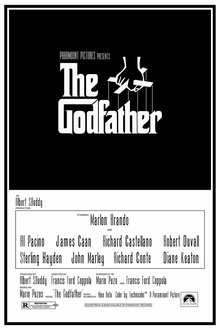But hey, urban legends can be fun. Our chef-instructor regaled us today with the origin of the No Whistling rule. Among unwritten rules of human behavior, it's several notches above friending your parents on Facebook or hitting on 17 and you're in the first position at the table. In other words, really bad. A reason to get fired. At least if you're in a proper French kitchen.
So the story goes, there was a hellacious French chef who would physically abuse his cooks. It got so bad that the cooks began to plot his overthrow, maybe call in an Italian cook who knew a guy who was the best at these kind of things and bada-bing, fuggedaboutit. (I'm embellishing. Look, that's what you do with these things.)
 |
| Chef Léon sets up his station, if you know what I mean. |
To this day (as any proper urban legend will conclude), whistling in the presence of a French chef will get you canned immediately. Which apparently, is kinda sorta true. At which point you return home and try to learn yet another method for cooking an egg.
In actual, practical culinary lessons we learned today was this little nugget: serve warm food on a warm plate. Serve cold food on a cold plate.
No origin story there. It makes sense.




















